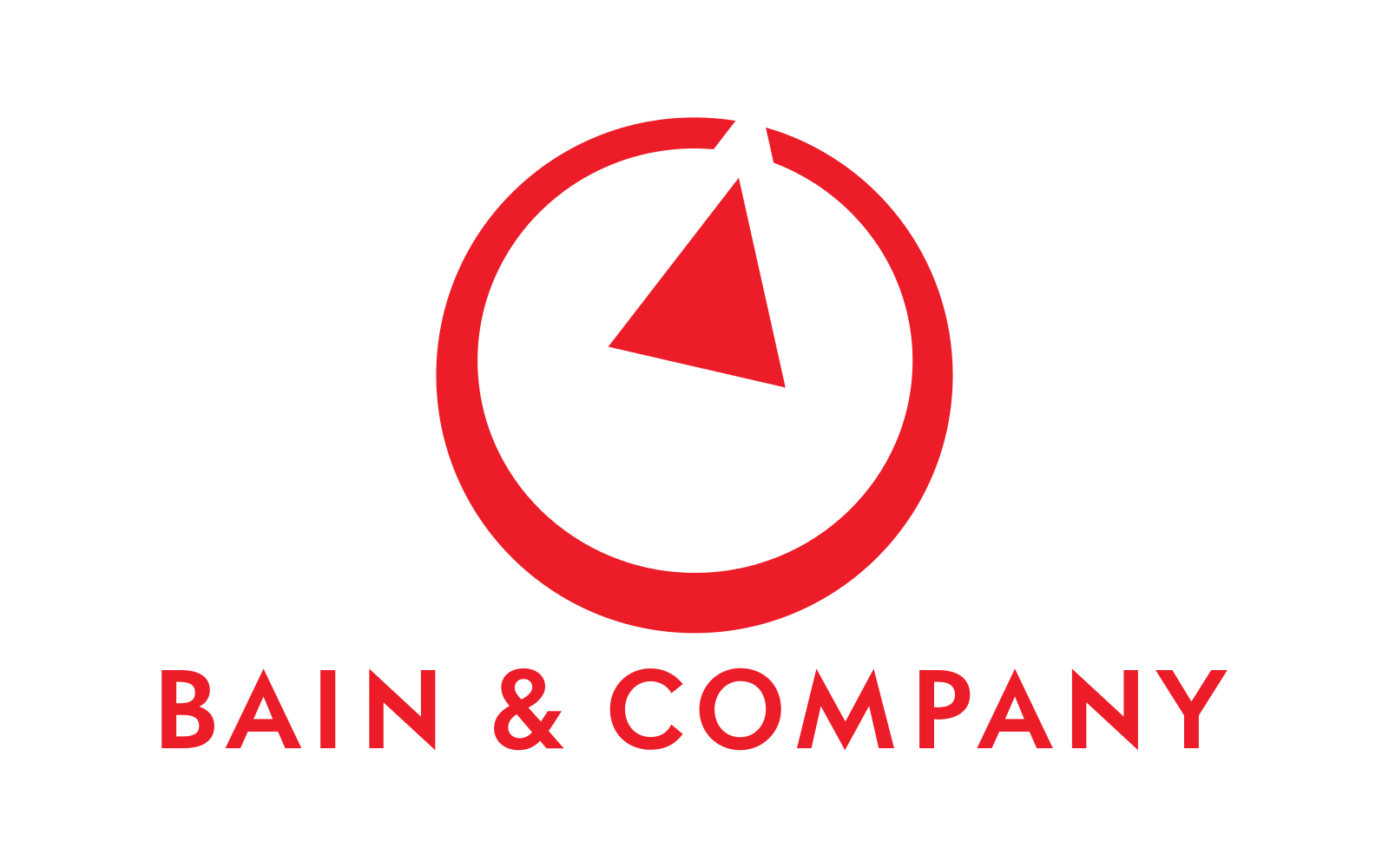Insurance industry faces growing protection gaps amid rising risks: Bain & Company
- August 13, 2025
- Posted by: Taylor Mixides
- Category: Insurance

Protection gaps across all sectors of the insurance industry are set to widen by 2030 as insurers grapple with unsustainable rate-driven growth, according to a new report from Bain & Company, a management consultancy.
The study, “Bridging the Protection Gap: Affordability, Access, and Risk Prevention,” highlights mounting challenges in pricing risk effectively, driven by the increasing frequency of natural disasters, rising cyber threats, and declining demand for life insurance—particularly among younger generations.
Bain’s findings suggest that by 2030, only 25%–33% of losses from natural disasters will be covered by insurance, while mortality coverage could fall to less than 50%.
Investor confidence in the growth prospects of US insurers is waning, whereas emerging markets present a more optimistic outlook for life insurance.
In the US, concerns over long-term earnings growth have led to lower valuations for life insurers, suggesting either shrinking profitability or undisclosed losses within existing policies. Property and casualty (P&C) insurers face similar issues, with doubts about whether recent price increases can be sustained alongside potentially rising claims.
Another major challenge is the surge in cyber risks in an increasingly digital and data-driven world. Bain warns that global damages from ransomware attacks could exceed $250 billion within the next six years, with individual insurers unable to tackle the growing threat alone.
Despite these obstacles, the report highlights opportunities driven by technological advancements. The rapid expansion of unstructured data and the rise of artificial intelligence (AI) are transforming the insurance landscape, offering new ways to improve affordability and accessibility.
Bain estimates that AI-driven innovations could lead to a 10%–15% increase in revenue, up to 30% in operational cost savings, and a 30%–50% reduction in P&C leakage—losses caused by fraud, inefficiencies, or errors in claims processing.
The report also explores the evolving impact of climate change on insurance risk models, the challenges posed by electric and autonomous vehicles, and strategies to address the growing retirement income gap. While insurers face increasing risks, those that embrace technology and innovation may uncover new pathways to sustainable growth.
“Bolstered by unsustainable tailwinds, insurance companies find themselves at an inflection point,” commented Sean O’Neill, head of Bain’s global Insurance practice.
“Over the past couple of years, we’ve seen rate increases in the property and casualty sector and interest-rate–driven annuity sales in the life sector. While capital and balance sheets remain reasonably strong, several challenges have emerged, and profitability has come under pressure for many lines of the insurance business. Insurers will need to be proactive and act now if they wish to navigate these impacts.”
“Throughout the insurance sector, risk prevention is an increasingly critical component of strategy,” said Andrew Schwedel, partner in Bain’s Insurance practice.
“Risks for catastrophic cyber events will need to be shared, and public-private partnerships will need to expand to promote prevention. Risk-sharing will also likely require additional capacity from excess and surplus carriers, reinsurers, and alternative capital providers.”
This website states: The content on this site is sourced from the internet. If there is any infringement, please contact us and we will handle it promptly.



